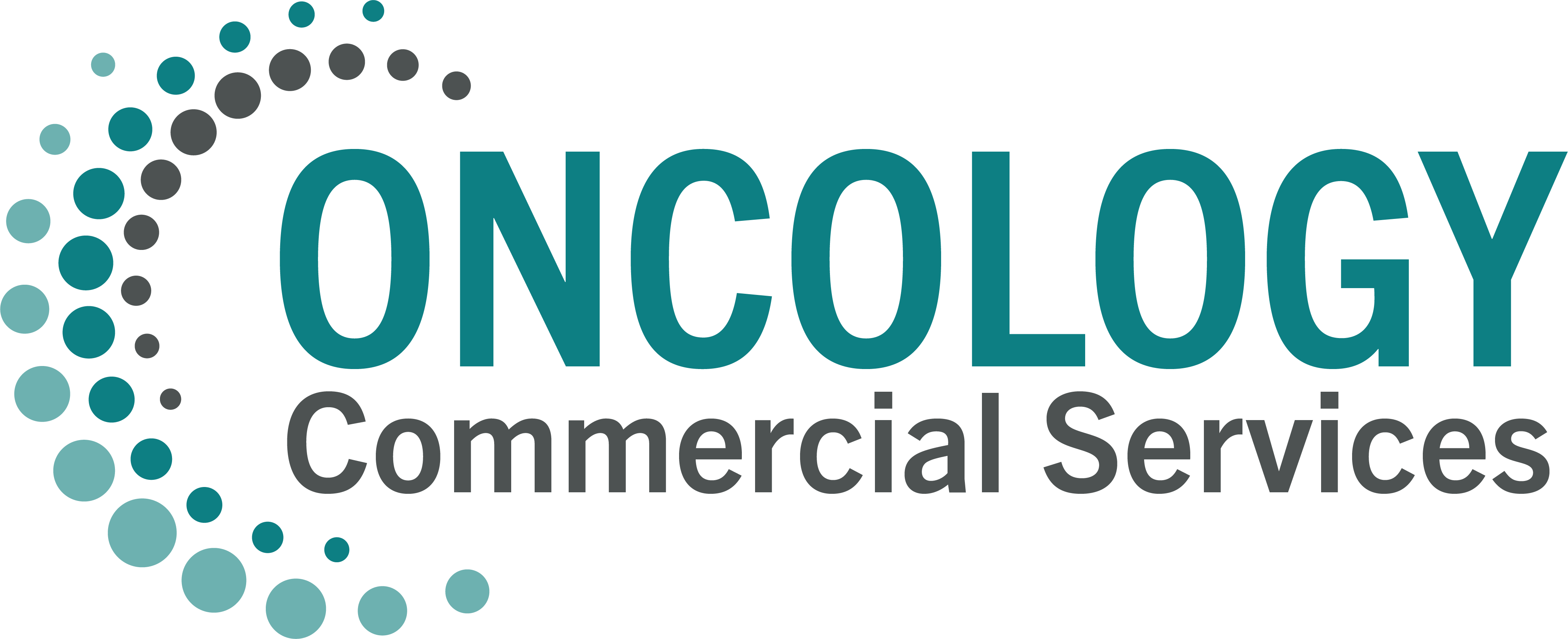The US Food and Drug Administration (FDA) approved elacestrant for the treatment of postmenopausal women or adult men with estrogen receptor–positive (ER+), human epidermal growth factor receptor 2–negative (HER2–), estrogen receptor 1 (ESR1)–mutated advanced or metastatic breast cancer with disease progression after at least one line of endocrine therapy (ET).
Approval was based on EMERALD (Study RAD1901-308), a randomized, open-label, active-controlled, multicenter trial in 478 patients with ER+, HER2– advanced or metastatic breast cancer, including 228 patients with ESR1 mutations. Patients were randomly assigned (1:1) to receive either elacestrant 345 mg orally once daily (n = 239) or investigator’s choice of ET (n = 239).
In the ESR1-mut subgroup, EMERALD demonstrated a statistically significant improvement in progression-free survival (PFS) by blinded independent central review assessment (n = 228; hazard ratio [HR], 0.55 [95% CI, 0.39 to 0.77]; P value = .0005). Although the overall survival (OS) end point was not met, there was no trend toward a potential OS detriment (HR, 0.90 [95% CI, 0.63 to 1.30]) in the ESR1-mut subgroup. PFS also reached statistical significance in the intention-to-treat population (ITT, N = 478; HR, 0.70 [95% CI, 0.55 to 0.88]; P value = .0018). However, improvement in PFS in the ITT population was primarily attributed to results from patients in the ESR1-mut subgroup. More patients who received elacestrant experienced nausea, vomiting, and dyslipidemia.
The approval of elacestrant in ER+, HER2– advanced or metastatic breast cancer was restricted to patients with ESR1 mutations. Benefit-risk assessment in the ESR1-mut subgroup was favorable on the basis of a statistically significant improvement in PFS in the context of an acceptable safety profile including no evidence of a potential detriment in OS. By contrast, the benefit-risk assessment in patients without ESR1 mutations was not favorable. Elacestrant is the first oral estrogen receptor antagonist to receive FDA approval for patients with ESR1 mutations.
READ THE ARTICLE – https://ascopubs.org/doi/abs/10.1200/JCO.23.02112?
